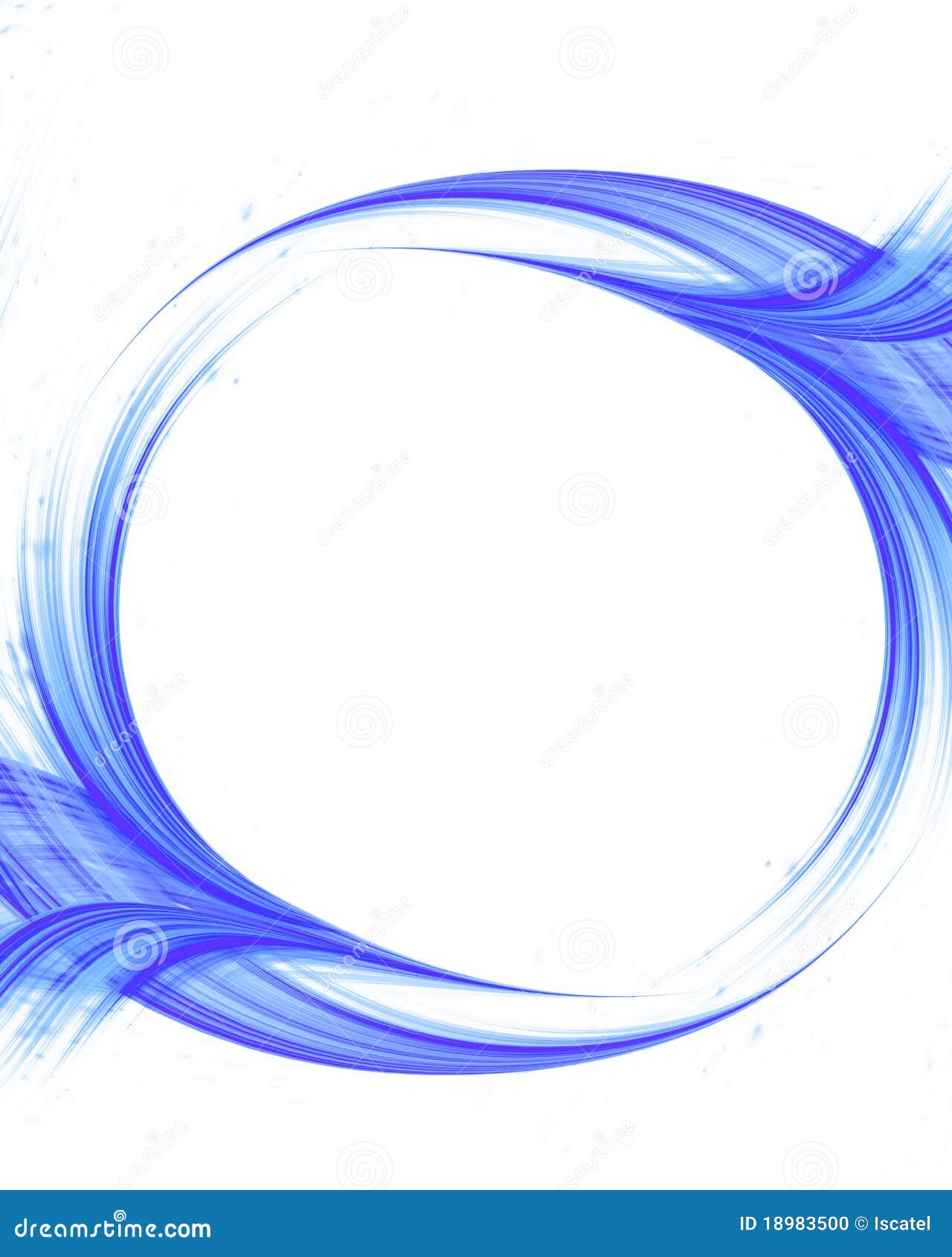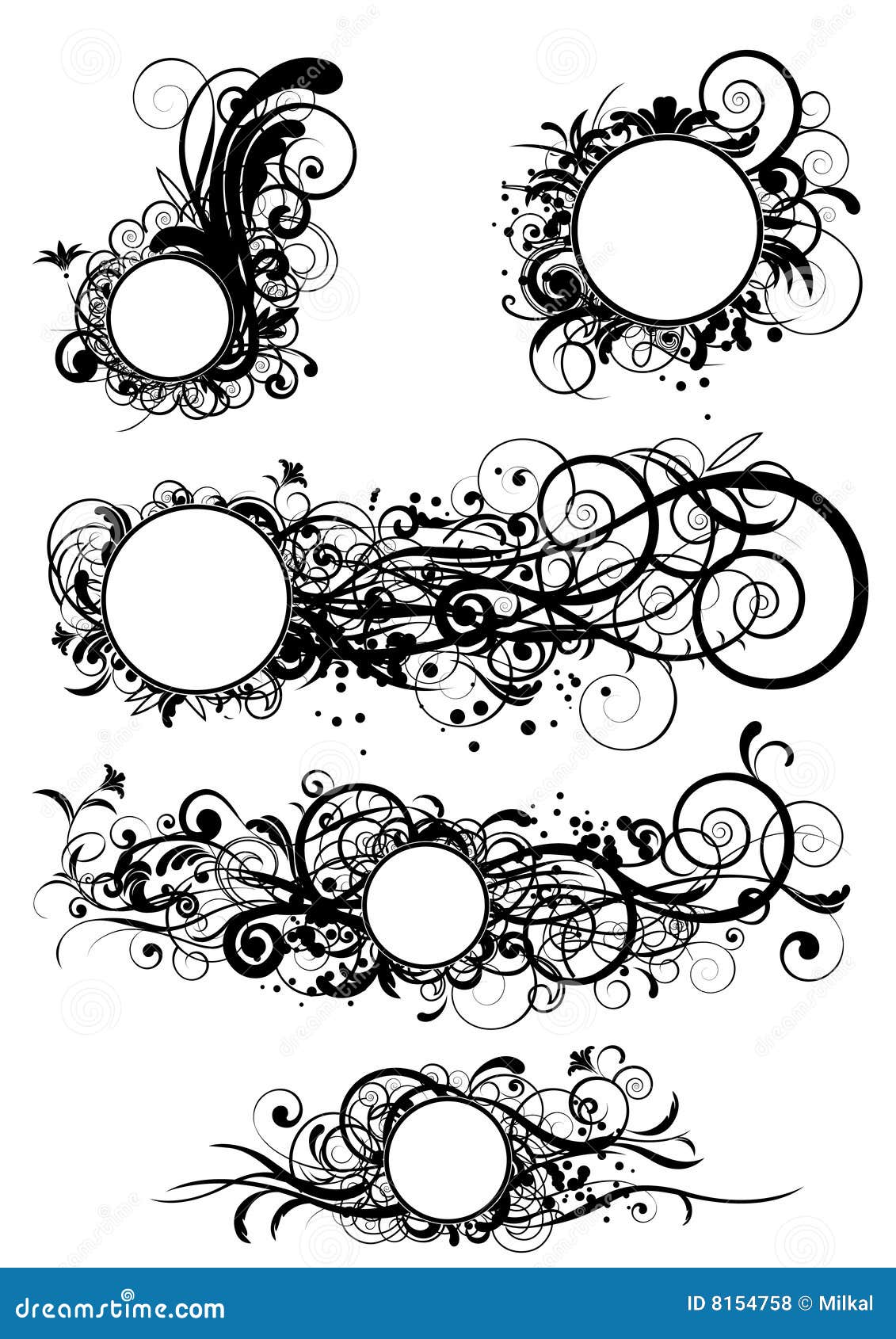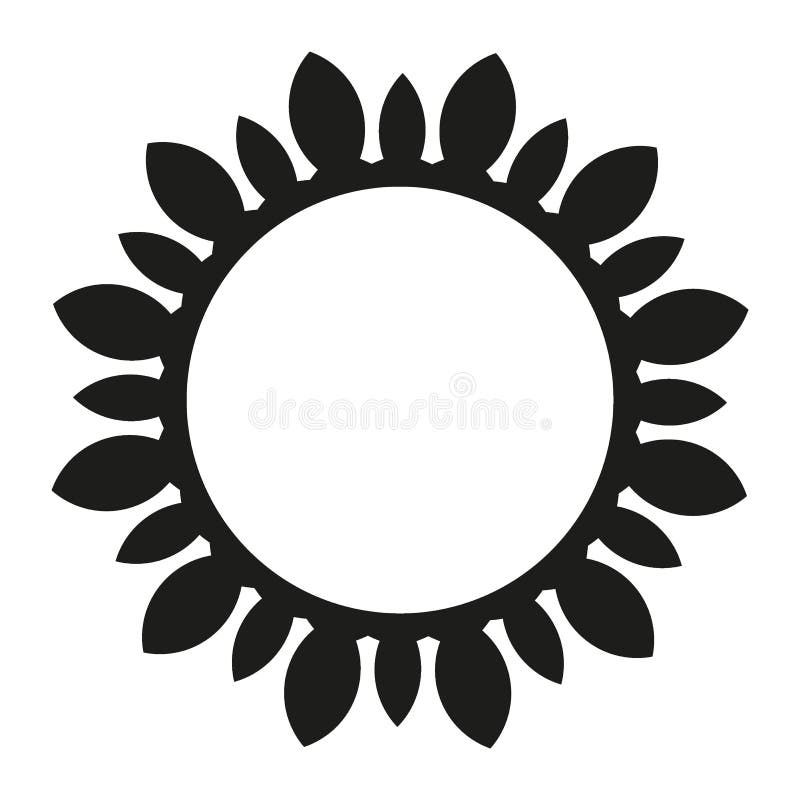Table Of Content

Colours in direct opposition to one another, such as red and green on the RYB wheel, are called complementary colours. When viewed side by side, two complementary colours will appear brighter and more vivid than they would on their own or beside an analogous hue. The complementary colour of a primary colour will always be a secondary colour and vice versa.
The FUTURE Of Advertising: Ad Creative, A/B Testing, and Automation In 2023
Shade, tint, and tone create variations of hues on the color wheel. Secondary colors consist of two primary colors mixed in equal amounts. Sir Isaac Newton mapped the color spectrum into a color circle in 1666. Today, we call this circle color wheel, which has 12 basic colors. We live in fast times, and the message must be transmitted instantly and effectively. When you consider that 90% of the information sent to the brain is visual, color theory becomes essential to convey the right message (branding and marketing) and influence people (sales).
Related Content
In Chicago, Flooding Overwhelmingly Strikes Communities of Color - Circle of Blue
In Chicago, Flooding Overwhelmingly Strikes Communities of Color.
Posted: Tue, 29 Jun 2021 07:00:00 GMT [source]
When you're creating color on a computer, your color module will usually list both RGB and CMYK numbers. In practice, you can use either one to find colors, and the other color model will adjust accordingly. It's something that might seem easy at first but when you're staring down a color wheel, you're going to wish you had some information on what you're looking at.
Stylish Stair Railing Paint Ideas
If you don’t like what you see, press the space bar on your keyboard, and the tool will prompt you with a new color palette. The benefits and palette are similar to the square color scheme, but because each hue is closer to one other on the color wheel, they’re organized into natural pairs. They create endless color combinations, but they won’t get the job done unless they’re arranged in harmonious color schemes. You can draw a straight line through the center of the color wheel and separate the warm colors from the cool colors. They’re essential to understanding color theory because, in the real world, we aren’t simply working with mixing hues.
In 1666, Sir Isaac Newton conducted an experiment on a prism in which he discovered that pure white light contains more colors. Over the years, scientists and artists have made improvements to make the color wheel look like it does today. Tertiary colors are made by mixing one primary and one secondary color in a color system. There are 3 secondary colors in the color systems described here. My name is Bruna, and I'm the creative soul behind Colors Explained. From color theory to psychological effects, I want to bring information to you in an easy-to-follow and interesting way.
When designing or even painting with primary colors, don't feel restricted to just the three primary colors listed above. Orange isn't a primary color, for example, but brands can certainly use orange as their dominant color (as we at HubSpot know this quite well). The red, green, blue (RGB) color model is the foundation for pretty much all design that uses a screen.
They are both the same color as seen in the illustration below. This demonstrates how three colors can be perceived as four colors. Harmony can be defined as a pleasing arrangement of parts, whether it be music, poetry, color, or even an ice cream sundae. In visual experiences, harmony is something that is pleasing to the eye. It engages the viewer and it creates an inner sense of order, a balance in the visual experience.
Curious about Google Pixel 8 colors? Here's all of them. - Android Authority
Curious about Google Pixel 8 colors? Here's all of them..
Posted: Fri, 22 Sep 2023 07:00:00 GMT [source]
Analogous

As we said above, color psychology is essential to convey the right message and influencing people. An accent color can be a great tool to draw the eye to important components of the design. Here’s a quick primer on the main color harmonies to get you started. And even if you’re not an artist, designer, or entrepreneur, knowing more about color will help you talk about it competently in all areas of your life. It also sends an instant message about what your brand identity is.
Creating a balance of contrasts keeps the room interesting, comfortable, and memorable. Let the color wheel and its combinations guide you in designing the perfect combination for the perfect room. Monochromatic means that you will be using only one color ranging from its light shade to its darker shade. A number of interactive color wheel applications are available both on the Internet and as desktop applications.

The best way to do it is by following the example below and add a circle where you insert your call to action. If you are trying to make your message pop and be read, you can always add the text within a circle. If you pair it with a hand-lettering font that has round edges, you’ll add consistency to the visual. As mentioned before, circles have a cosmic significance, and you can use this symbolism to talk about your product. Just like Nivea did with this great ad for their night cream.
Tertiary colors are created by mixing secondary and primary colors to create new hues. Cool colors, on the other hand, produce soothing and calming vibes (but can also express sadness). These colors have shorter wavelengths and are usually in the background of a design. Examples of cool colors are blue, green, and purple (and the various shades and tints of these colors).
The complementary color scheme provides the greatest amount of color contrast. Because of this, you should be careful about how you use the complementary colors in a scheme. Depending on the amount of black and white added, the base color may either become lighter or darker.
This is because negative space — in either black or white — can help keep your design from feeling too cluttered with color. RGB color models, on the other hand, are designed for electronic displays, including computers. Look at this great movie poster and get inspired to use colorful circles and create a pattern. If you feel like your design is getting out of hand and feels too crowded, go for a pop of color.
Also, you can always play with color and transparency to give depth to your image. On the other hand, the CMYK model is the foundation for all print design. These ‘subtractive colors’ absorb wave lengths of light, which more clearly matches the pigments found in the real world. Observing the effects colors have on each other is the starting point for understanding the relativity of color. The relationship of values, saturations and the warmth or coolness of respective hues can cause noticeable differences in our perception of color.

No comments:
Post a Comment